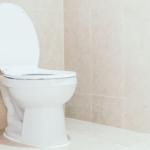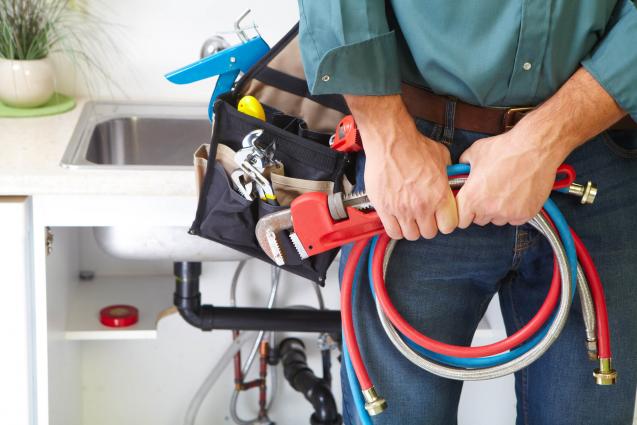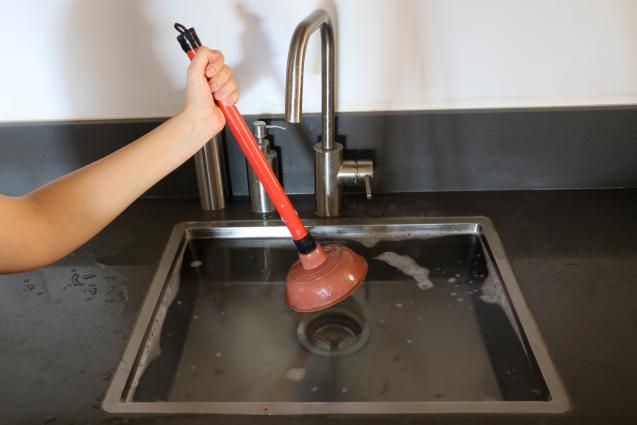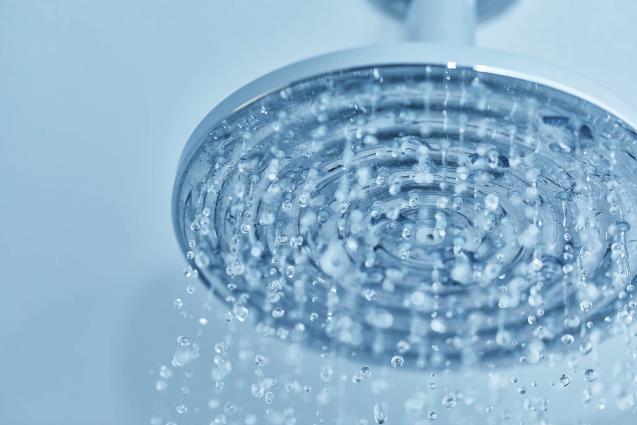
Central Coast Plumber’s Buying Guide for Toilets
By Fluid Plumbing|June 22, 2022
Every home has at least one toilet, although most of us don’t really think about it as a stylish home addition or luxury piece, actually, it can be both. There are a number of different toilets available on the market, as well as different brands, colours, designs and prices.
This guide pulls together the toilet basics and buying choices so you can get your head around how to make a quality decision to complete your bathroom renovation.
The Typical Toilet Suite
No matter how different they may look installed, typical toilets are all made up of two main parts: The cistern and the bowl (or pan).
The cistern is the upper part that houses the flush workings, the bowl is the grounded section fr sitting on that exits to the waste pipes.
When you flush, gravity assists in driving the reserve water stored in the cistern into the lower pan and out through external sewer lines.
The S Trap, P Trap and Skew Trap – The Set Out
When it comes to Western-style toilets there are three main bowl types to choose from. These are named after the shape of the bowl pipe connected to the sewage lines. The difference between them is the way wastewater exits the bowl:
The best approach is to replace your toilet with whatever was already there to help reduce costs and mess with a completely new installation.
Water Inlets
When you are buying a new toilet cistern one thing you will see in your range of options is water inlets. A flexible copper pipe will serve as the inlet point for fresh water to enter the cistern and fill the reserve.
There are two options for pipe placement; the first is at the base of the cistern - called a bottom inlet. It’s easy to install and simply connects by tap to the water source.
The second is the back inlet which is a concealed version. It looks much neater and requires less cleaning, however, you’ll need to ask a plumber to make this connection for you.
Most new cisterns will be able to cater to both water inlet options. If only one option is available it is possible to convert the cistern with some minor changes. Your plumber can give you more information and details on how to go about this.
Toilet Designs
Over the years toilet designs have become much more user-friendly in terms of cleaning, space, and smooth styles, however, the traditional link toilet is still one of Australia’s most popular.
Here are some of the options you will come across when browsing for toilets. Because cisterns and bowls can be purchased separately, the options for what you can create are greater than this list alone.
Most people choose to mount the flush buttons above the toilet but the position of these is more flexible than with other designs.
Toilet seats
The newest innovation in toilet seats is the soft closing lid. The slam-free feature is one many households appreciate, especially in the quiet of night.
Another innovation you might find handy is quick-release lids that allow for easy cleaning, rather than having to unfasten the lid to remove it.
Bidets and smart toilets
Basic bidet attachments are easy to add to existing toilet seats, they simply require a split from your inlet hose to gain access to fresh water. Adapters for these are usually included in the kit along with instructions. While you can do it yourself, working with a plumber is a safer option to make sure things go smoothly with your home water supply.
You can move up the ultimate bidet with a smart toilet that gives you water pressure control, varying water temperatures, toilet seat warming and even mood lighting.
To get the most from your bathroom renovation use this guide and call your local plumber for advice and information on your toilet options and the costs involved.
This guide pulls together the toilet basics and buying choices so you can get your head around how to make a quality decision to complete your bathroom renovation.
The Typical Toilet Suite
No matter how different they may look installed, typical toilets are all made up of two main parts: The cistern and the bowl (or pan).
The cistern is the upper part that houses the flush workings, the bowl is the grounded section fr sitting on that exits to the waste pipes.
When you flush, gravity assists in driving the reserve water stored in the cistern into the lower pan and out through external sewer lines.
The S Trap, P Trap and Skew Trap – The Set Out
When it comes to Western-style toilets there are three main bowl types to choose from. These are named after the shape of the bowl pipe connected to the sewage lines. The difference between them is the way wastewater exits the bowl:
- S Trap - exits through pipes in the floor below. This is the most common toilet type in Australian homes.
- P Trap - exits through pipes behind it in the wall - these units are wall-mounted giving you a greater choice of height and positioning.
- Skew Trap - exits around either side of the pan. While this is a less common setup in Australian bathrooms, the advantage is it can really save space.
The best approach is to replace your toilet with whatever was already there to help reduce costs and mess with a completely new installation.
Water Inlets
When you are buying a new toilet cistern one thing you will see in your range of options is water inlets. A flexible copper pipe will serve as the inlet point for fresh water to enter the cistern and fill the reserve.
There are two options for pipe placement; the first is at the base of the cistern - called a bottom inlet. It’s easy to install and simply connects by tap to the water source.
The second is the back inlet which is a concealed version. It looks much neater and requires less cleaning, however, you’ll need to ask a plumber to make this connection for you.
Most new cisterns will be able to cater to both water inlet options. If only one option is available it is possible to convert the cistern with some minor changes. Your plumber can give you more information and details on how to go about this.
Toilet Designs
Over the years toilet designs have become much more user-friendly in terms of cleaning, space, and smooth styles, however, the traditional link toilet is still one of Australia’s most popular.
Here are some of the options you will come across when browsing for toilets. Because cisterns and bowls can be purchased separately, the options for what you can create are greater than this list alone.
- Link, or connector toilets
- Close-coupled toilets
- Back to wall toilets
- Concealed cistern toilets
Most people choose to mount the flush buttons above the toilet but the position of these is more flexible than with other designs.
Toilet seats
The newest innovation in toilet seats is the soft closing lid. The slam-free feature is one many households appreciate, especially in the quiet of night.
Another innovation you might find handy is quick-release lids that allow for easy cleaning, rather than having to unfasten the lid to remove it.
Bidets and smart toilets
Basic bidet attachments are easy to add to existing toilet seats, they simply require a split from your inlet hose to gain access to fresh water. Adapters for these are usually included in the kit along with instructions. While you can do it yourself, working with a plumber is a safer option to make sure things go smoothly with your home water supply.
You can move up the ultimate bidet with a smart toilet that gives you water pressure control, varying water temperatures, toilet seat warming and even mood lighting.
To get the most from your bathroom renovation use this guide and call your local plumber for advice and information on your toilet options and the costs involved.



